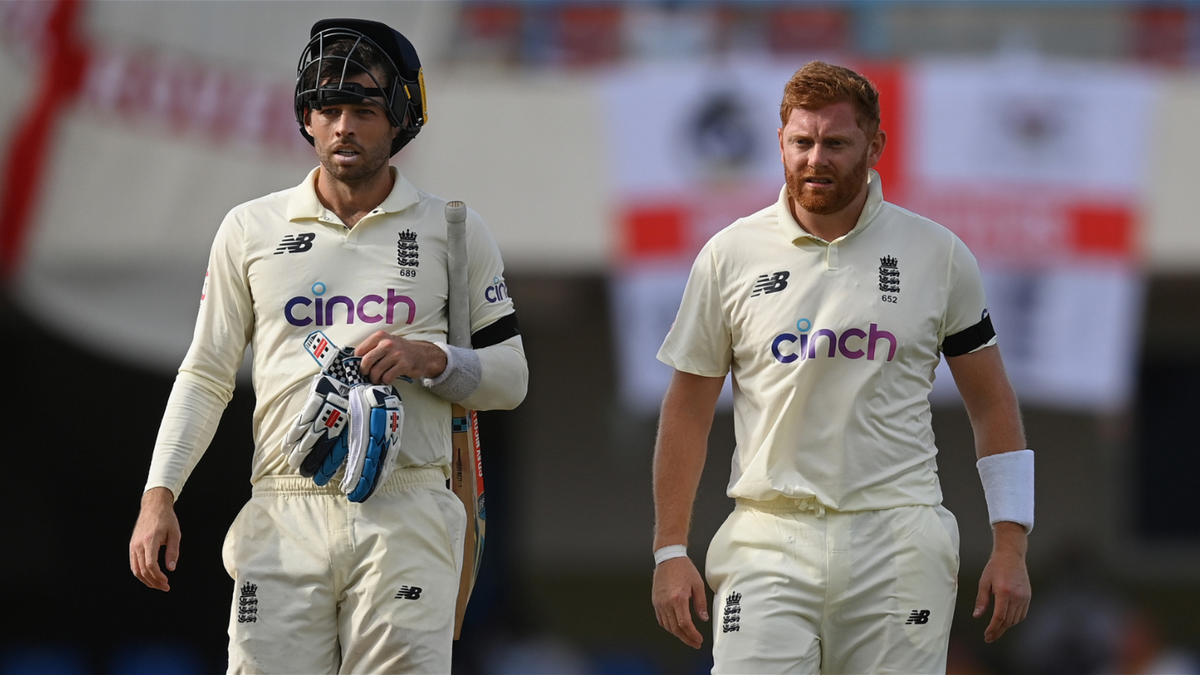
Unveilings, in sport, are usually pretty dry, drab affairs.
Invariably, the person being unveiled ‘speaks well’, with the benefit of the doubt generally extended wherever possible: you could spill a cup of hot soup down yourself and receive compliments for the Rorshach-like patterns created.
Generally, the person being unveiled also doesn’t actually say very much. This was not the case when Ben Stokes was ‘revealed’ as England Test captain. We learned that Stuart Broad and James Anderson would be considered for selection again. We learned that Joe Root would not be his vice-captain. And, perhaps most surprisingly, we learned that Stokes himself would bat at No.6 in England’s Test side.
All of this was considered as eminently savvy. And, from Stokes’ point of view, a shift one place down the order makes sense. There’s not much in it in terms of his batting returns: Stokes averages slightly more at No.5, but has one more hundred and a higher strike-rate at No.6. But the move down should allow Stokes to balance all of his many, many workloads, allowing him to be his team’s most versatile bowler, best fielder, and talismanic captain as well as their second best batter.
So far, so good. But even if it’s the correct decision, it will have significant ramifications for the rest of England’s batting order. If Stokes simply swaps positions with Jonny Bairstow, England’s first-choice No.6 up until now, then Bairstow will have to do something he hasn’t managed to do before: score runs regularly in the top five in Test cricket.
The difference between Bairstow’s returns in the two halves of the order is stark. He averages 28.00 in the top five, with one hundred in 52 innings. Only Mike Brearley and Mark Ramprakash have batted in the top five as often for England and averaged less. But from No.6 to No.8, Bairstow averages 38.39, with seven hundreds, two of which have come in his last four Tests.
Can one position really make that much difference? It can be easy to see two such differing figures and jump to a conclusion, but so much – form, the opposition, the surface – feeds into whether a player makes runs or not, and sifting out the noise is nigh on impossible. Against Australia and West Indies, Bairstow looked as sturdy and reliable as perhaps he ever has in Test cricket. So maybe now is when he finally nails down being at the heart of England’s batting line-up, as he has long looked destined to do.
But there is the nagging feeling that Bairstow’s best role and position comes lower down. Shielded from the newer ball, any technical issues can be minimised, and Bairstow can do what he does best: counter-attack, take on the spinners, bring all his situation-management skills to bear on a variety of scenarios. Perhaps now is when he will make a success of being at No.5. But it is at least worth noting that he hasn’t managed to do so before.
The other solution would be to look at the other notable Bairstow statistic – that he is one of the few Test cricketers to average more with the gloves than without – and station him at No.7 as England’s first-choice Test wicketkeeper. This would also allow England to bed in one of their promising young batting talents – Harry Brook or Ollie Pope – between their two most established players in the middle order.
The issue there is that England already have a gloveman, Ben Foakes, who has been shunted in and out of the team through little fault of his own, and who would otherwise be set for a much-deserved home Test debut. Foakes wasn’t at his best in the West Indies, averaging less than 20 and unusually fallible behind the stumps, but he has earned his reputation as the country’s premier wicketkeeper. The 29-year-old has begun the County Championship season in stunning form, averaging 98.75 and only once falling for less than 45.
Bairstow’s red-ball form, meanwhile, is non-existent, with the Yorkshireman instead preferring to play in the Indian Premier League. If Punjab Kings make it to the final – a long shot but not out of the question – and Bairstow stays until the end, then this could be a moot debate, with Foakes sure to take the gloves for the first Test. Even if not, he will have to switch swiftly from white-ball to red, a transition he has not always found simple.
If available, surely Bairstow has to play. He has been England’s best Test player this year, with all that investment seemingly finally paying off. But where and how he fits in is far from easy to figure out. It’s a puzzle that could define the early success of the Stokes-McCullum era.








